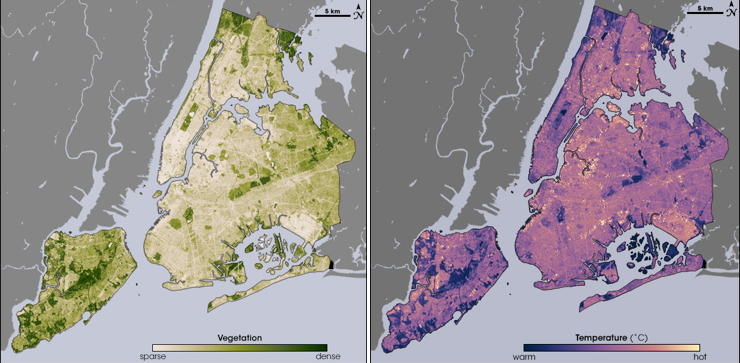Can you explain the urban heat island effect?

While urban areas are typically warmer than the surrounding rural areas, the urban heat island effect doesn't significantly impact overall global warming. This is because scientists have taken it into account when measuring temperature changes.
Urban heat islands are not a recent discovery. Weather watchers using basic mercury thermometers have observed that cities tend to be warmer than the nearby countryside for nearly two centuries.
Moreover, researchers have noticed that the intensity of these heat islands can differ from city to city. However, they can separate these localized effects from the broader, long-term climate trends. In the grand scheme of things, the urban heat island effect hasn't played a substantial role in global warming. The primary culprit remains other human activities, especially the burning of fossil fuels."
READ MORE



































